Prevent It


11 Work Safety Organizations You Need to Know
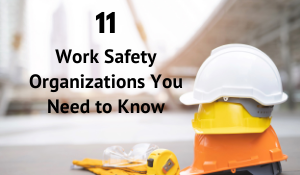 Going to work each day puts millions of workers in the United States at risk for work-related injuries and illnesses that can cause serious health problems – both long and short term. There are numerous industry and government organizations that are working to provide a safer workplace. Check out our list of organizations that provide a wealth of resources to organizations just like yours.
Going to work each day puts millions of workers in the United States at risk for work-related injuries and illnesses that can cause serious health problems – both long and short term. There are numerous industry and government organizations that are working to provide a safer workplace. Check out our list of organizations that provide a wealth of resources to organizations just like yours.
Research demonstrates that safer workplaces increase productivity and profitability, and more importantly, they help create a culture of safety. While we wish we could include every organization focused on improving occupational health and safety, there are far too many to fit into one blog post. Here is our list of top organizations working to address worker safety issues that are worth getting to know:

|
American Society of Safety Professionals (ASSP) For more than 100 years, The American Society of Safety Professionals has supported occupational safety and health (OSH) professionals in their efforts to prevent workplace injuries, illnesses, and fatalities. This global organization provides education, advocacy, standards development, and a professional community for members in order to advance their careers and the OSH profession as a whole. |
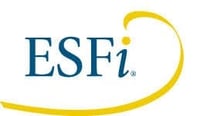
|
The Electrical Safety Foundation International (ESFI) The Electrical Safety Foundation International (ESFI) is a non-profit organization dedicated exclusively to promoting electrical safety at home and in the workplace. Since 1994, ESFI has led the way in promoting electrical safety across North America. Over the years, ESFI has become highly regarded by industry, media, and consumer safety partners alike by constantly reinvigorating the way electrical safety is addressed. ESFI creates unique awareness and educational resources designed to meet various at-risk groups’ diverse needs. |

|
Human Factors and Ergonomics Society (HFES) Founded in 1957, The Human Factors and Ergonomics Society is the world’s largest scientific association for human factors/ergonomics professionals. HFES provides education, builds connections, and advocates on behalf of human factors/ergonomics field—from students to researchers, and industry practitioners—and fosters collaboration across the spectrum of professionals to drive forward advances in human factors and ergonomics because HFES believes that the seamless connection between humans and systems, and the connection between research and application, is vital to keeping all human beings safe. |

|
National Association of Safety Professionals (NASP) NASP provides training, consulting services, and third-party certifications that validate knowledge, skills, and abilities in workplace safety. The organization’s mission is to provide safety professionals with innovative training opportunities that exceed basic OSHA compliance and professional certifications to help them fulfill their safety-related functions with confidence and proven competence. |
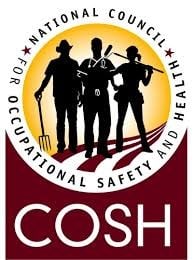
|
National Council for Occupational Health & Safety (COSH) The National Council for Occupational Safety and Health is dedicated to promoting safe and healthy working conditions for all working people through organizing and advocacy. National COSH works to ensure that all workers can earn their living with dignity and respect and return home alive and well at the end of their shift. COSH groups unite workers with labor, community, and legal and health alliances to win decent, just working conditions and build a powerful movement encompassing racial, economic, and environmental justice. |

|
National Safety Council (NSC) The National Safety Council is a nonprofit safety advocate that focuses on eliminating the leading causes of preventable injuries and death in the workplace, roadway, and impairment. NSC gives companies resources workers can use around risks they are facing or will be to create a culture of safety to not only make people safer at work but also because it has the potential to make people safer beyond the workplace. |
Government Organizations
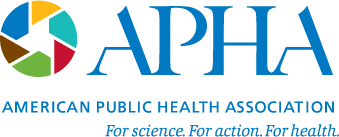
|
American Public Health Association (APA) APHA Occupational Health and Safety Section is one of the oldest Sections within APHA, advocating for the health, safety, and well-being of workers, families, communities, and the environment since 1914. Members of the OHS Section are involved in preventing injuries, illnesses, disabilities, and deaths to those who work through advocacy, research, education, and training, surveillance, designing preventive controls, diagnosis and treatment, policy, and regulatory compliance. |

|
Occupational Safety and Health Administration (OSHA) In 1970 Congress created the Occupational Safety and Health Administration (OSHA) to ensure safe and healthful working conditions for working men and women by setting and enforcing standards and by providing training, outreach, education and assistance. OSHA is part of the United States Department of Labor. |
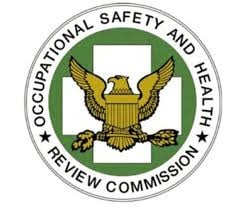
|
Occupational Safety & Health Review Commission The Occupational Safety and Health Review Commission is an independent federal agency and is separate from the Department of Labor and OSHA. The Review Commission was created by Congress to decide contents of citations or penalties that OSHA issues to employers following inspections of American workplaces. The Review Commission functions as a two-tiered administration court, with established procedures for conducting hearings, receiving evidence, and rendering decisions and discretionary review of findings. |

|
World Health Organization – Office of Occupational Health (WHO-OCH) The main functions of WHO (occupational health) include promoting the improvement of working conditions and other aspects of environmental hygiene. Recognizing that occupational health is closely linked to public health and health systems development, WHO is addressing all determinants of workers' health, including risks for disease and injury in the occupational environment, social and individual factors, and access to health services. |
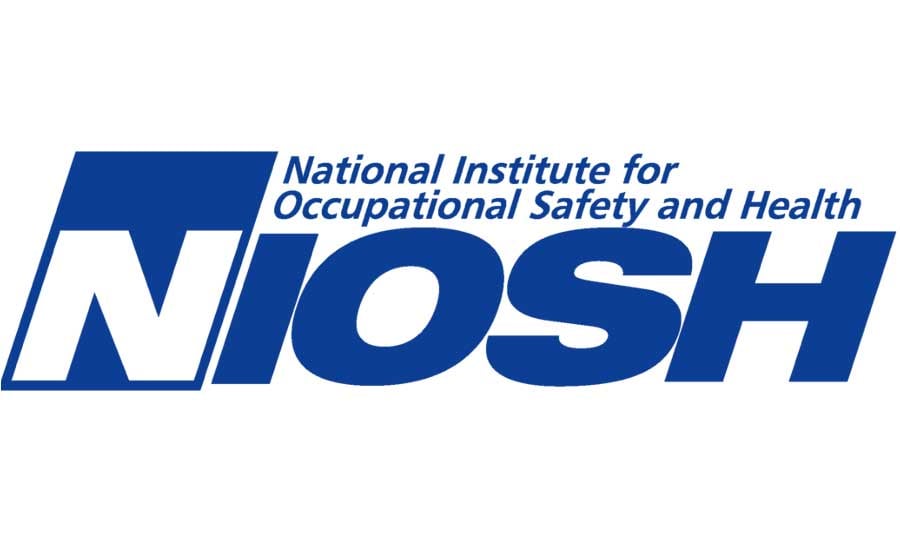
|
The National Institute for Occupational Safety and Health (NIOSH) The CDC’s NIOSH mission is to develop new knowledge in the field of occupational safety and health and transfer that knowledge into practice. The organization promotes productive workplaces through safety and health research. NIOSH creates a wealth of data to drive health and safety research priorities and recommendations produced by NIOSH. As a research agency, NIOSH focused on the study of worker safety and health, and empowering employers and workers to create safe and healthy workplaces. NIOSH is part of the U.S. Centers for Disease Control and Prevention, in the U.S. Department of Health and Human Services. It has the mandate to assure “every man and woman in the Nation safe and healthful working conditions and to preserve our human resources.”
|
Select a topic
- View all topics
- WorkWell
- Safety Culture
- Onsite PT Clinics
- Ergonomics
- Injury/Illness Prevention
- Employee Wellness
- MSK
- Industry News
- POET
- Safety
- Managed Services
- Manufacturing
- Functional Job Descriptions
- Onsite PT
- FJD
- Post Offer Employment Training
- Provider Network
- Blog
- Events
- Featured
- OSHA
- Work Readiness
- Company News
- Job Coaching
- MSK Strategy
- Musculoskeletal
- PT Solutions Employee
- Presenteeism
- Push/Pull
- Recruitment
- Training
- Trust
- Worksite Rounds
Subscribe to Our Blog
Practical tips focused on workplace injury prevention.
Featured Posts
postsTags [BlogPost 178613021575 Shift to Prevention and End the Game of Whack-a-Mole, BlogPost 125116526205 Why now is the time for a Managed Onsite MSK Clinic]
.png)

